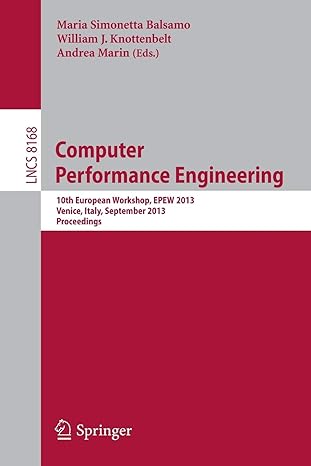Question
==== question 3 ==== # You want to take average for all variables but you realizedthat some variables have missing value # before taking averages,
==== question 3 ====
# You want to take average for all variables but you realizedthat some variables have missing value
# before taking averages, you need to make sure that allobservations are taken from the same sets of
# observations (i.e. rows) where no variable ismissing
R programming problem
# Q3a. let's define a logical vector for non-missing rows, i.e.indicate TRUE for rows without any missing values,
# and FALSE for rows with missing values. Name the vector'nm'. Note that the length of nm will be the same as
# the number of rows in the original data df
# Q3b. count the number of non-missing rows in the data df, nameit 'count_nm'
# count_nm should be one number. Note that there is no sucha function 'count'.
# Think about how to count the number of non-missingrows.
Step by Step Solution
There are 3 Steps involved in it
Step: 1

Get Instant Access to Expert-Tailored Solutions
See step-by-step solutions with expert insights and AI powered tools for academic success
Step: 2

Step: 3

Ace Your Homework with AI
Get the answers you need in no time with our AI-driven, step-by-step assistance
Get Started


